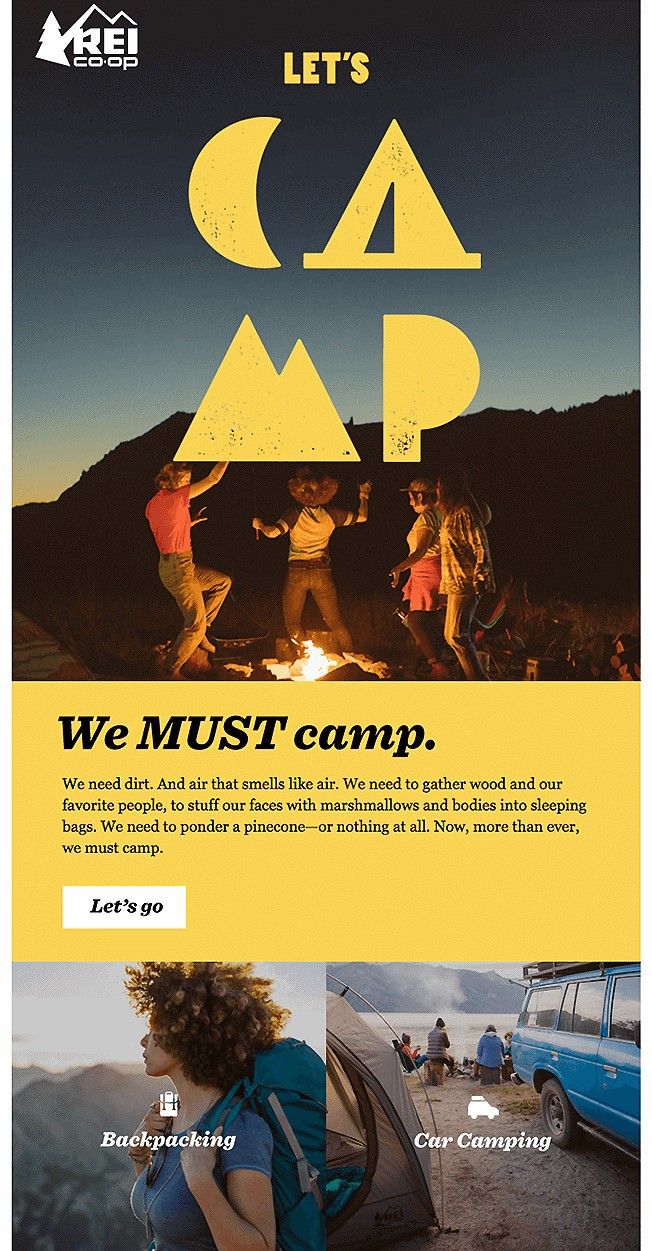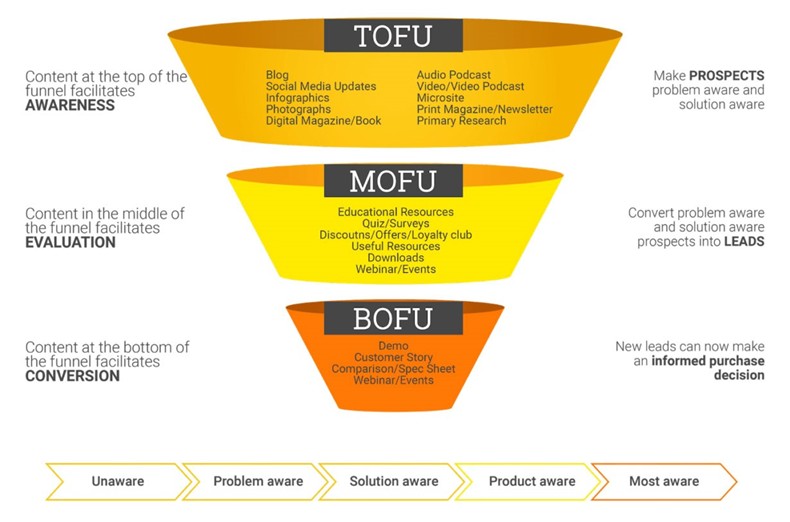Email marketing reaches your customers, builds relationships, and make sales happen. But it doesn't work well if you don't understand your audience, their needs, and their wants. Because to help your audience better understand how your service or product can help them, you yourself need to first know whom you're talking to.
This article outlines steps you need to take to to learn more about your audience so that you can then segment them and improve your email workflow—and conversions.
Their Behaviors
One of the most important things to know about your customers is their behaviors. In other words, how often or how little they buy from you, as well as how much they spend each time and what they buy.
A customer who buys from you frequently but spends little each time requires a message different from one for a customer who buys from you once every six months—but spends a lot of money each time. Those two customers, both, might like your company and the products or services you offer, but they're interested in different ones and have different reasons for buying.
Once you understand your target audience's behaviors on a granular level, you can then work out an email workflow that (a) targets them with the right content/message and (b) targets them at the right time (including, for example, when to send emails—what day, what time of day, etc.).
Moreover, you can also create more buyer personas when you learn more about customer behavior. For example, you might have "regular customers," "first-time buyers," "prospective buyers," "loyal customers," "discount customers," and other personas.
Their Location
Location matters because it will have a bearing on how you tweak your email workflow. For example, once you know the location of your audience, you can then create time-based emails that are sent out at optimum times.
But you can also target specific customers with regional promotions and even carry out live webinars that help specific customers in specific locations to learn more about your company and your products and services.
There's also a tactical bonus: Once you've uncovered your audience's location, you can add it to your email subject lines. Around 47% of emails are opened just because they had attention-grabbing subject lines; customizing a subject line with geographic information will get your reader's attention.
Their Preferences
All the people who signed up to your email list are clearly interested in your company, but that doesn't mean they all have the exact same preferences regarding what they want to see in their emails.
Some customers might prefer to receive only news and deals in their inbox, while others might want to see news, deals, promotions, and contests.
When you learn more about each customer's preference, you're able to send information that's relevant to them—and nothing else or extraneous. This improves communications, and it means there's less chance they'll unsubscribe.
A direct way to learn more about your customers' preferences is to send them an email that asks them what kind of emails they want to receive. Among their options could be...
- All the news and deals (everything!)
- In-store promotions and sales only
- Online promotions and sales only
- New products only
Of course, those are just examples; the options you present depend on the particulars of your company.
You can go further. In addition to understanding the types of emails they'd like to receive from you, you can also delve into their personal interests.
Amazon does that whenever it invites people to opt in to its email lists. Many companies do it. Because it helps you to learn more about your audience and boosts your email campaigns by ensuring you send emails only to customers you know will be interested in them.
Their Values
Marketers often miss the importance of their audience's values.
Look at it this way: Information such as location and behavior is important, but it's still elementary stuff. Especially when you consider that customers often buy based on their emotions—which are often directly related to their values and worldview.
And when you understand your buyers' emotions, you're in a much better position to create a solid email that connects with them on a deeper, more satisfying level.
Consider the following email. REI Co-Op uses copy and images to tap into readers' desires—for freedom, adventure, and friendship. When you know what has meaning to your audience, when you know what they value most, you can then create an email campaign that's irresistible. After reading this email, who wouldn't want to go camping?

To learn more about your customers' values, you can visit forums such as Reddit and Quora, but you can also use in-depth customer surveys that go beyond basic data.
Their Buyer's Journey Progress
Each customer is currently somewhere in your sales funnel: at the top (awareness stage), the middle (consideration stage), or the bottom (the decision stage).
Knowing where they are will help you understand them more, and it will ensure you send them customized emails that help them understand your company and products and services better.
For example, if someone has just subscribed to your email list and hasn't yet made a purchase from you, so that person is still at the top of the funnel. You could send these customers welcome emails, free e-books, or catalogs to warm them up and introduce them to your products and services.
Customers in the middle of your funnel, on the other hand, will be more receptive to targeted emails on particular products and services they've already shown an interest in.
When you understand where your customer is in the funnel, it's much easier to customize your emails so they receive only emails that are relevant to how much information they already have—and what information they need to help them take the next step.
If you don't yet know what your company's unique customer journeys looks like, create a customer journey map as soon as possible.
Conclusion
This is pretty much it: email segmentation 101. Once you understand your audience more, you can create more segments, and then you can send out tailored, customized, and even personalized emails that are designed to get more responses—and more conversions.





